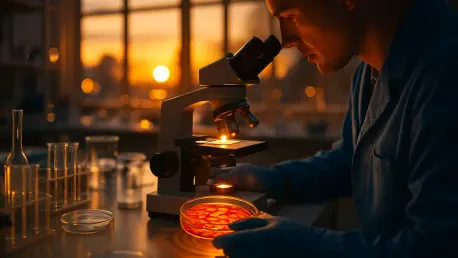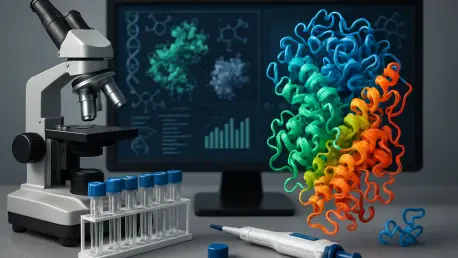
What if a hidden enemy within the body, silently damaging vital organs, could finally be dismantled with precision? For thousands battling rare diseases like AL amyloidosis, where toxic protein deposits wreak havoc on the heart and kidneys, this prospect is no longer a distant dream. A

Picture a medical landscape where treatments can slip past the body's toughest defenses, delivering healing payloads directly to diseased cells without harming the surrounding healthy tissue. This isn't science fiction but the tantalizing promise of engineered exosomes—tiny biological couriers that

Imagine a world where a single treatment could manage type 2 diabetes or obesity for months at a time, freeing patients from the burden of daily medications and the frustrating cycle of weight regain. This isn’t a distant dream but a potential reality being shaped by Junevity, a biotechnology

Imagine a world where life-saving drugs reach patients faster, with fewer animals harmed and costs slashed by millions. This isn’t a distant dream but a tangible goal as the U.S. Food and Drug Administration (FDA) pivots toward human-relevant drug safety models. With new draft guidance released

In the rapidly advancing world of biotechnology and medicine, protein engineering stands as a cornerstone for innovation, yet it faces persistent challenges in designing proteins with precise, tailored functionalities that meet specific needs. For years, scientists have wrestled with the

The pharmaceutical landscape is on the brink of a seismic shift with the introduction of the FDA’s Commissioner’s National Priority Voucher (CNPV) pilot program, a bold initiative designed to cut the review timeline for drug and biological product applications from the standard 10-12 months down to